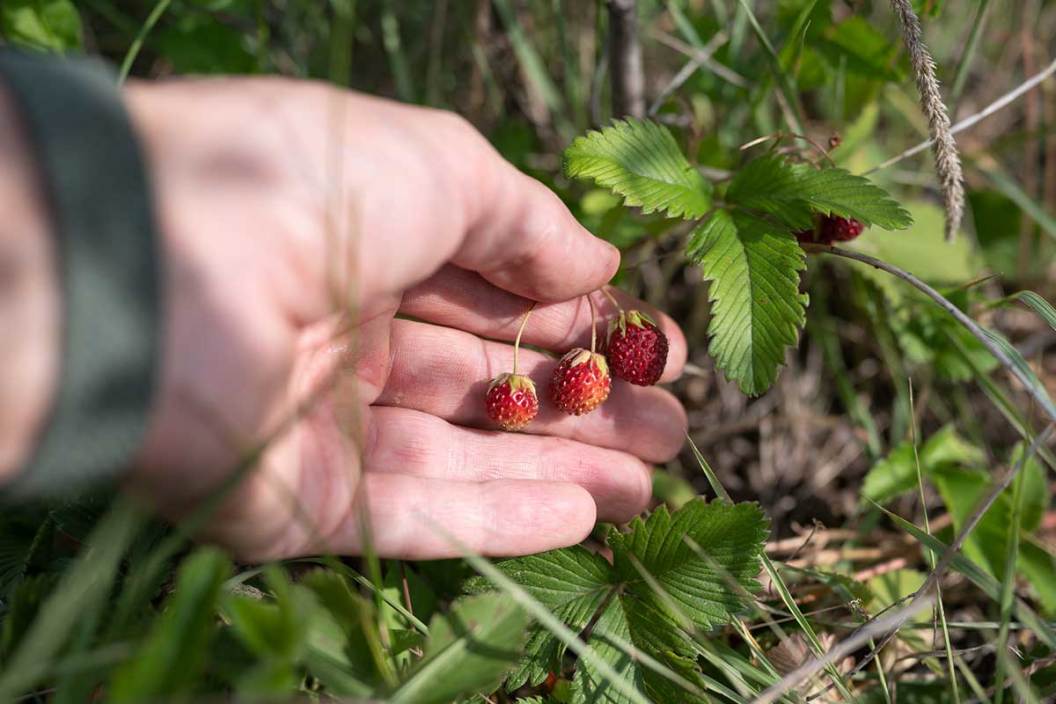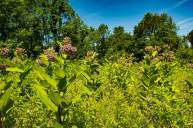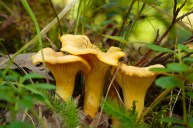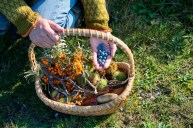California is well known for its high-quality produce. From grapes to almonds, over a third of the United States' vegetables and two-thirds of our fruits and nuts are grown there. However, farmed produce isn't the only food in the Golden State. There's so much edible wild food in California that grows in abundance.
When I was 12, my dad worked outside San Luis Obispo in central California. I've been visiting him there regularly ever since. He enjoys taking long hikes along the ocean, near his home, or in the mountains. It's always been surprisingly easy to locate wild food while putting miles under our boots on our walks together.
Some wild foods we've foraged, like dandelions or purslane, are found nearly everywhere. Others are more specific to California's climate, including the ornamental Peruvian Apple cactus or the edible kinds of marine seaweed. Overall, there is a large variety of wild edibles in California, and we've created a short list of some favorites. However, remember to only consume wild edibles if you are 100 percent confident in your identification. Nobody likes an emergency trip to the hospital.
Our Favorite Edible Wild Californian Food
Dandelion
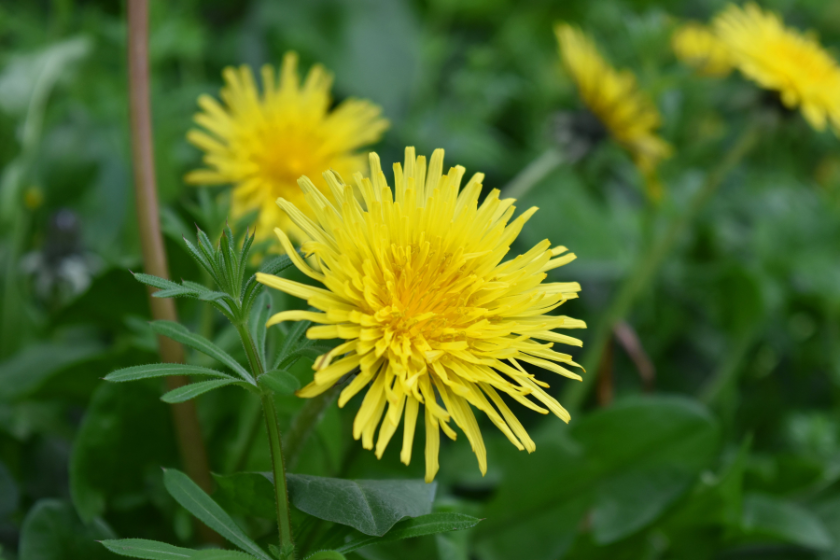
Ian Lycett-King via Getty Images
Dandelions are most likely the easiest plant to identify in North America. You can find these yellow-flowered edibles all across California, whether you're foraging in sidewalk cracks in LA or hiking through the state's iconic public lands. Dandelions are highly nutritious. Not only can you eat nearly the entire plant, from the roots to the flowers, but dandelions also contain high levels of vitamins and minerals. Just be sure to pick your plants away from possible herbicides and insecticides and avoid areas where you're unsure about the soil quality. Otherwise, you may consume hazardous materials like lead or poison that the plant absorbs from its environment.
Purslane
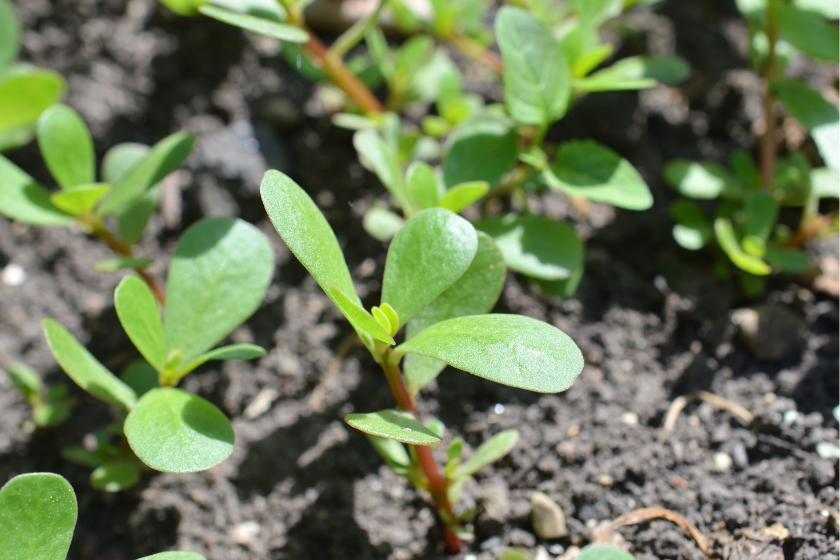
hongquang09 via Getty Images
Purslane is another common sidewalk plant easily found across California. It's a fleshy plant with succulent leaves with a flavor reminiscent of spinach. Personally, it's my favorite wild leafy green to include in salads, pasta, and sandwiches. I've even seen farmers' market vendors selling bags of purslane for $5, only to look down and see the plant growing nearby for free!
It's important not to confuse purslane with spurge, which is a lookalike that is poisonous to humans. Again, only consume a wild plant if you are sure you've identified it correctly. Do your research and know the differences between lookalike species.
Wild Strawberry
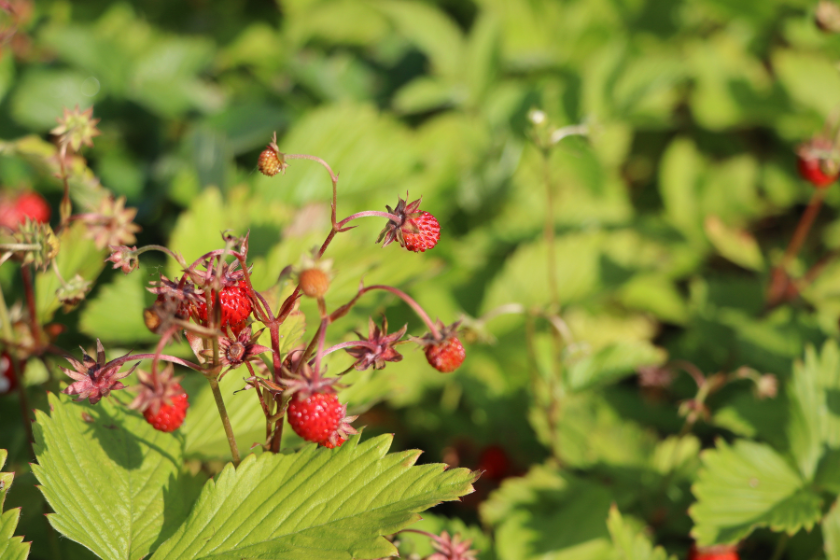
Vaivirga via Getty Images
Although tiny compared to cultivated strawberries, wild strawberries are arguably even more delicious. Their sprawling stems, toothy leaves, white five-petaled flowers, and red berries are easily distinguished. Commonly found as a ground cover in full or partial sun, you can find these distinctive red berries in prairies, forest edges, and even disturbed areas like parks or near hiking trails. Please don't assume that only the berries are edible; the leaves and flowers are, too. They delicately grace light salads with their presence.
Elderberry
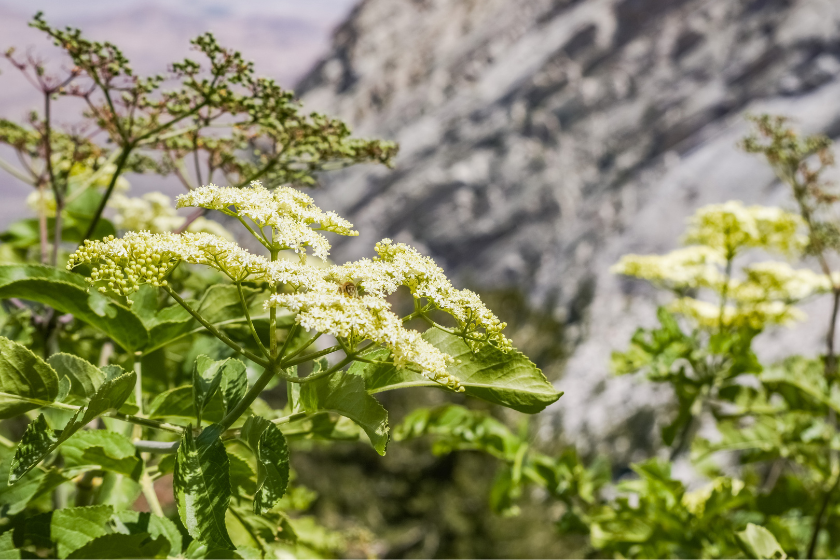
Sundry Photography via Getty Images
Umbels of yellow flowers are characteristic of elderberry plants. These tall shrubs grow near water sources and are safe to harvest berries from in unpolluted areas. Their fruit is high in vitamin C and even has antiviral properties. Elderberry makes wonderfully fragrant juice, wine, kombucha, and pie. However, remember that the only edible parts of elderberry plants are their flowers and ripe berries. It's also highly recommended not to eat raw berries but to dehydrate or cook them first.
Seaweed
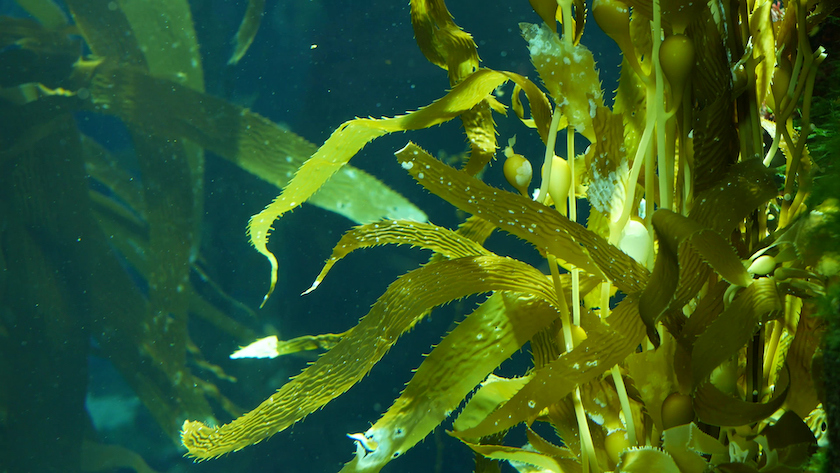
DogoraSun via Getty Images
Commonly found along the ocean's edge, seaweed has one of my favorite wild flavors. This plant is high in nutrients and protein and is delicious in ramen, sushi, salads, and even on its own. Seaweed is easiest to collect during low tide. Keep in mind that because seaweed species grow in the ocean, they tend to absorb more pollutants than ground-dwelling plants. Be sure to harvest your seaweed in areas away from known contaminants.
Oyster Mushroom
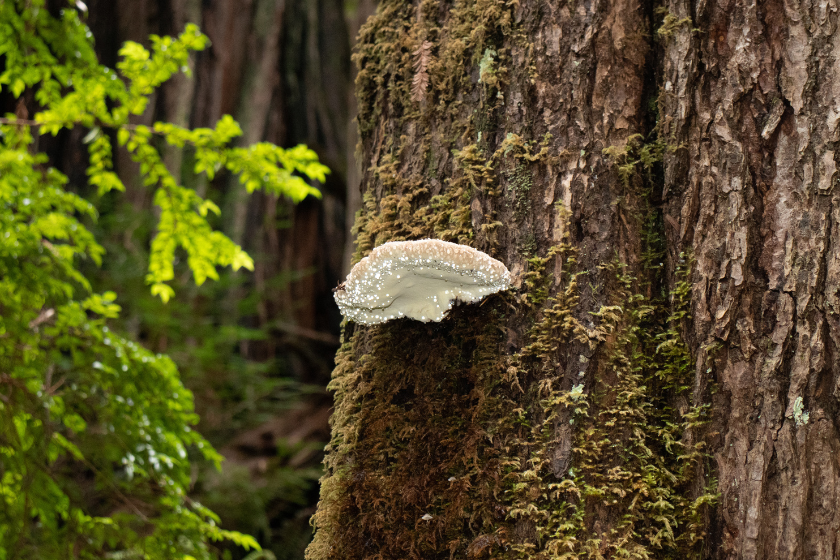
Anne Chamberlain via Getty Images
Although I'm not a huge fan of mushrooms, oyster mushrooms are recognizable and readily accepted by friends who enjoy eating fungi. This species is usually off-white to yellow and has large, wavy lobes that grow at an angle.
Cooking this mushroom in butter, adding it to soups or pasta, and even using it as a pizza topping are just a few ways to enjoy this commonly enjoyed wild food. I dry and grind wild mushrooms into fine powder. This way, I can still add them to recipes, get their nutrients, and avoid the texture they get when cooked whole.
California Black Walnut

ablokhin via Getty Images
Although this species is declining, California black walnut trees grow near populated places like Los Angeles, Elysian Park, and even around some golf courses. You'll probably recognize the large green balls that fall to the ground beneath walnut trees. That green flesh is the outer husk of the walnut; you'll need to remove that and the inner husk to get to the edible nut inside. But tasting their rich, earthy flavor is worth the hard work. Locals ask foragers not to collect walnuts that grow in the wild due to their decreasing population, so you might need to search out permission to get them from privately-owned lands.
Wild Meat in California
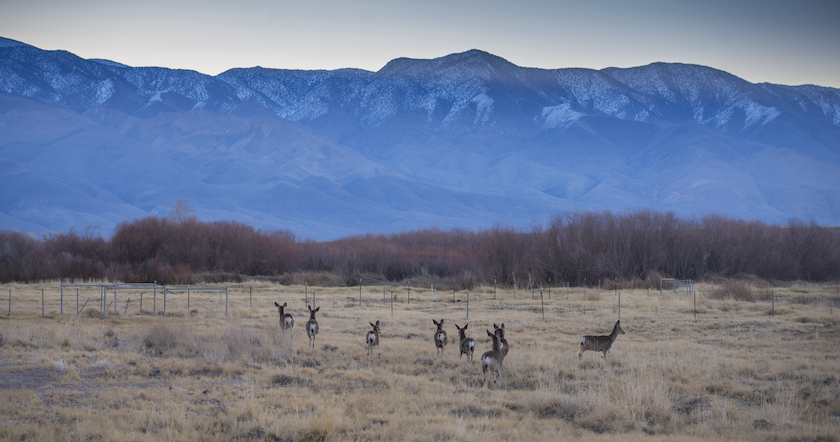
HaizhanZheng via Getty Images
One of California's most prominent and under-utilized foods is wild game meat. You can fill your freezer with wild game and fish, from wild boars to California halibut, but you'll have to really get after it. To harvest wild meat, you'll need a current and official license. Fishing licenses are easy to buy online too, and with help from your local fishing shop, you can be ready to hit the saltwater or freshwater the same day you purchase a license.
Hunting licenses are a little trickier to get, because you'll need to earn a hunter safety certification before legally purchasing hunting licenses. However, a quick call to your state game agency's local office can tell you about the hunter safety classes availability near you. California also offers a hybrid classroom option, where you take most of the course online and wrap it up with an in-person follow-up class.
Once you start hunting California, a plethora of wild food becomes available. Blacktail deer, wild turkey, upland birds, ducks, geese, and wild boar are just a sampling of the species you're legally allowed to take with an active hunting license. California offers both archery and rifle big game seasons, depending on what method you're into. Folks who already hit the shooting range with their shotgun can transition easily into wingshooting quail, mallards, and Canada geese.
As a bonus, you can also harvest wild plants while you're out hunting and create a foraged meal from your wild adventures. If you're like my dad and me, you'll harvest a deer, cook up the venison steaks on the beach, pair it with a bowl of foraged greens salad, and enjoy a fantastic meal oceanside.
You won't be disappointed.
